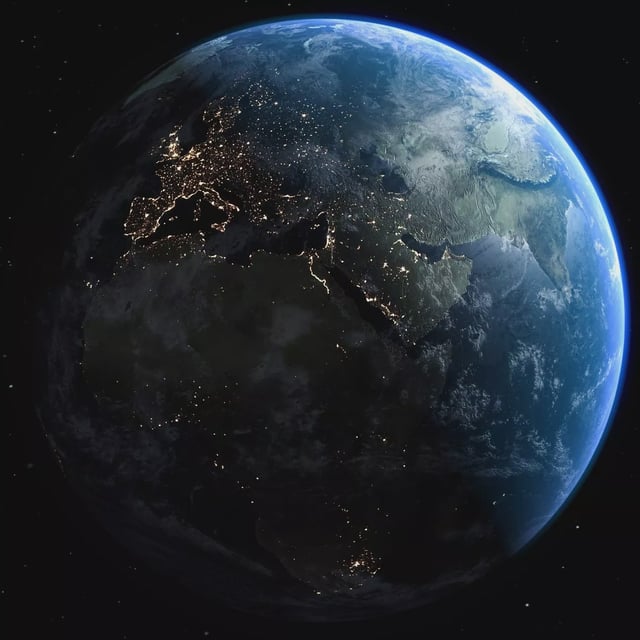Overview
- August 5 is expected to be 1.25 to 1.51 milliseconds shorter than a standard 24-hour day, according to IERS and the U.S. Naval Observatory.
- This marks the third millisecond-scale short day of 2025 following deviations of 1.23 ms on July 9 and 1.36 ms on July 22.
- International Earth Rotation and Reference Systems Service data feed into Coordinated Universal Time to track these tiny but measurable shifts.
- Scientists attribute the sporadic spin-up to factors such as the moon’s gravitational pull, core dynamics and mass redistribution in oceans and the atmosphere, though the precise drivers remain unknown.
- Ongoing acceleration trends have prompted global timekeepers to draft protocols for a negative leap second by 2029 to keep atomic clocks aligned with Earth’s rotation.



